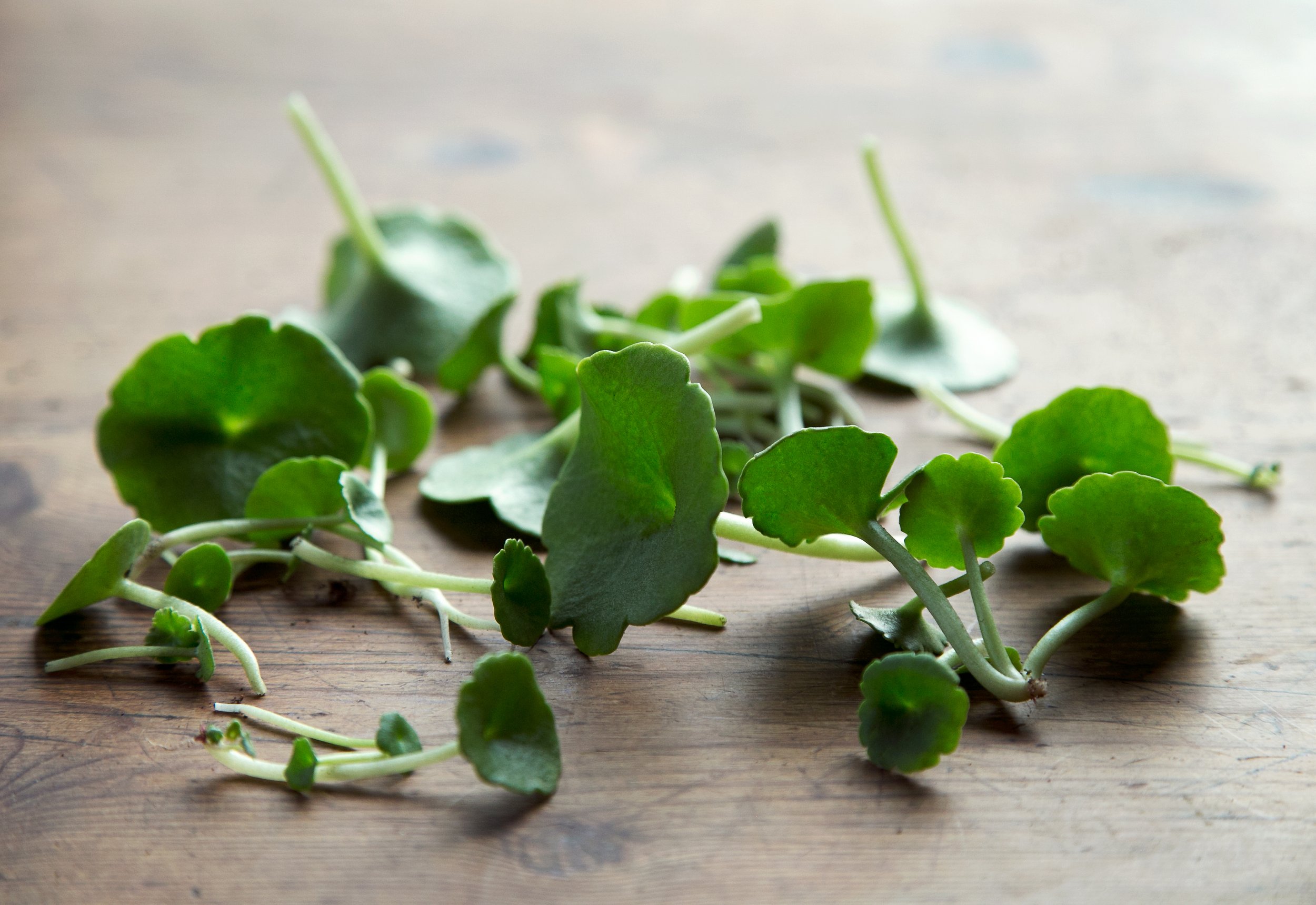Pennywort thrives in rocky environments. Also referred to as navelwort or wall pennywort, it is recognised for its distinct round leaves that resemble tiny umbrellas.
The Latin name, Umbilicus rupestris, reflects the plant's characteristic "umbilical" shape, with the leaves arising from a central point resembling a navel. This perennial herb is well-adapted to growing in crevices and cracks on rocks or walls, making it a resilient species.
Pennywort is not only visually appealing but also offers culinary and medicinal benefits. Its leaves have a mild, fresh flavour, often compared to watercress or spinach. They can be used in salads, sandwiches, or as a garnish, adding a touch of crispness and a hint of herbal taste to dishes.
Pennywort has a history of traditional medicinal use. It has been reputed for its potential benefits, including soothing properties for skin irritations and minor wounds. However, it is important to note that proper research and guidance should be sought before using pennywort for medicinal purposes.
